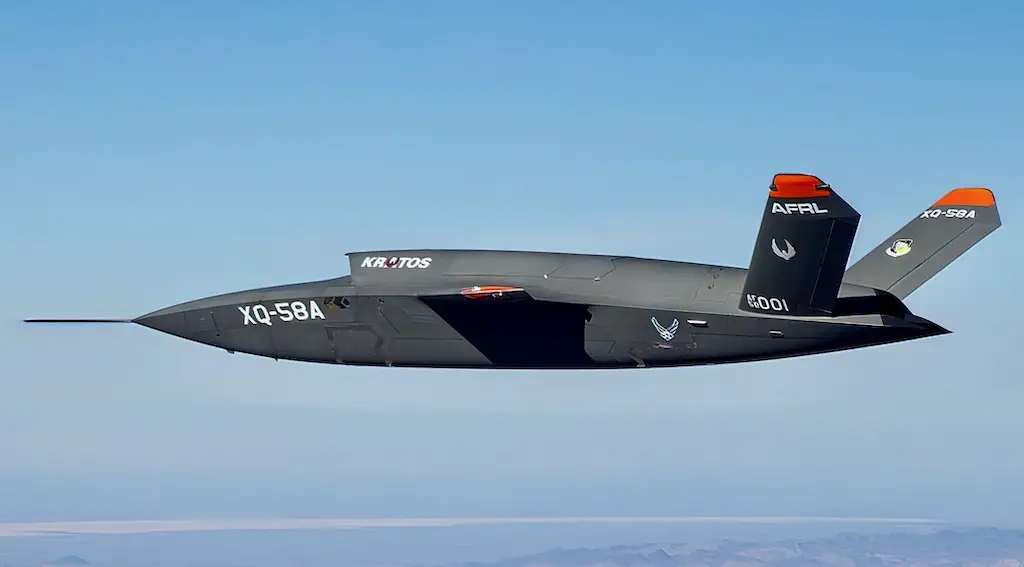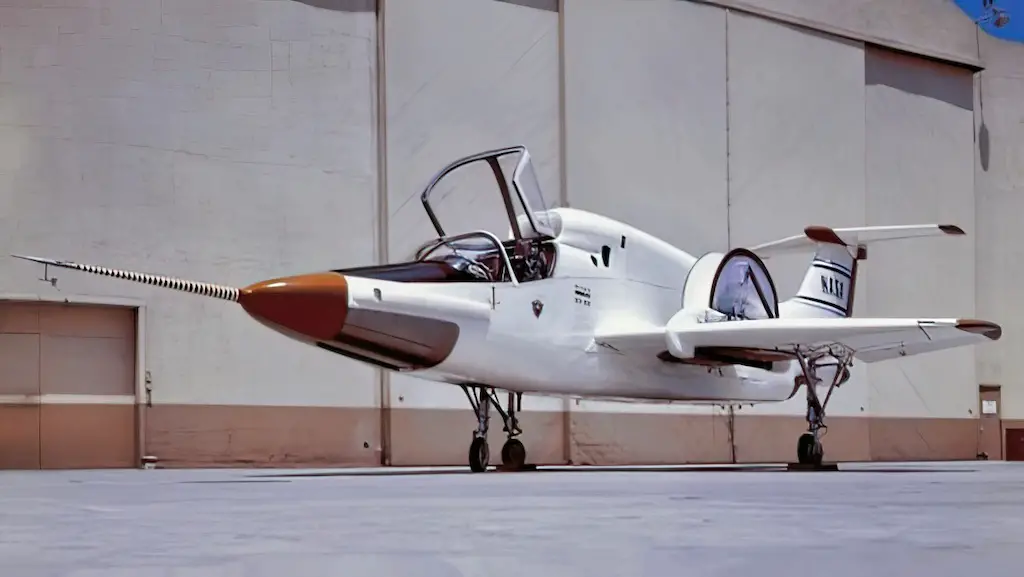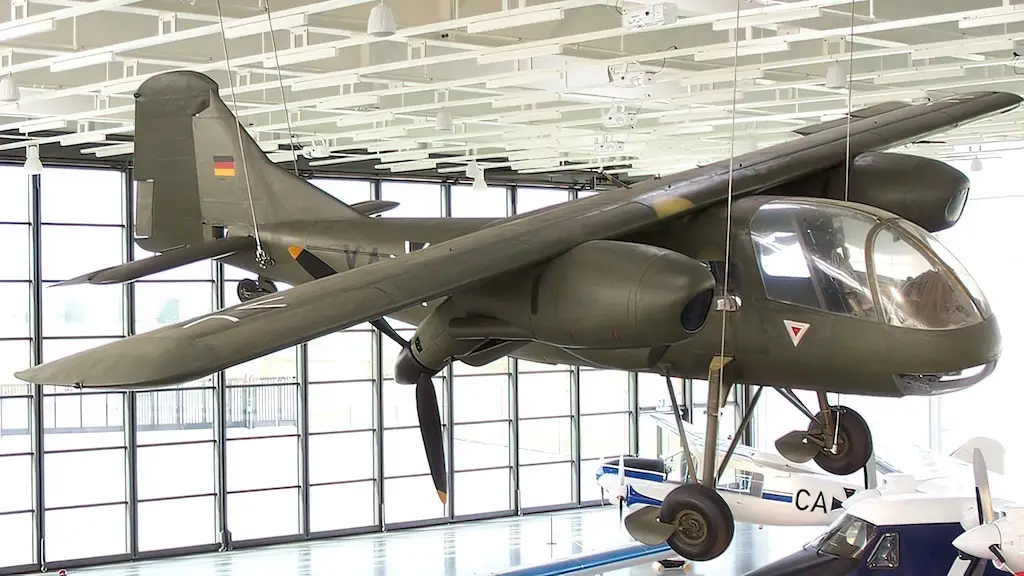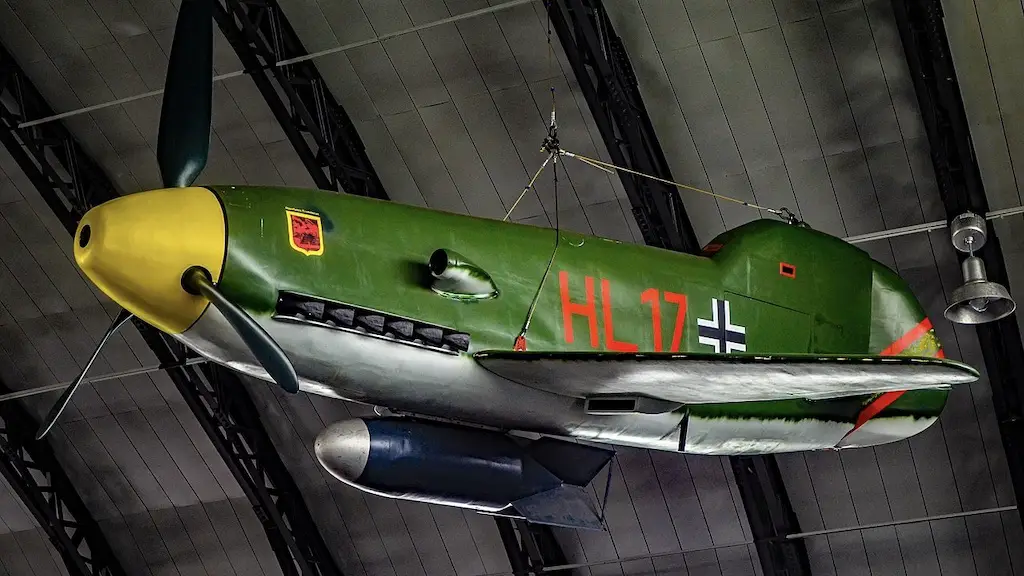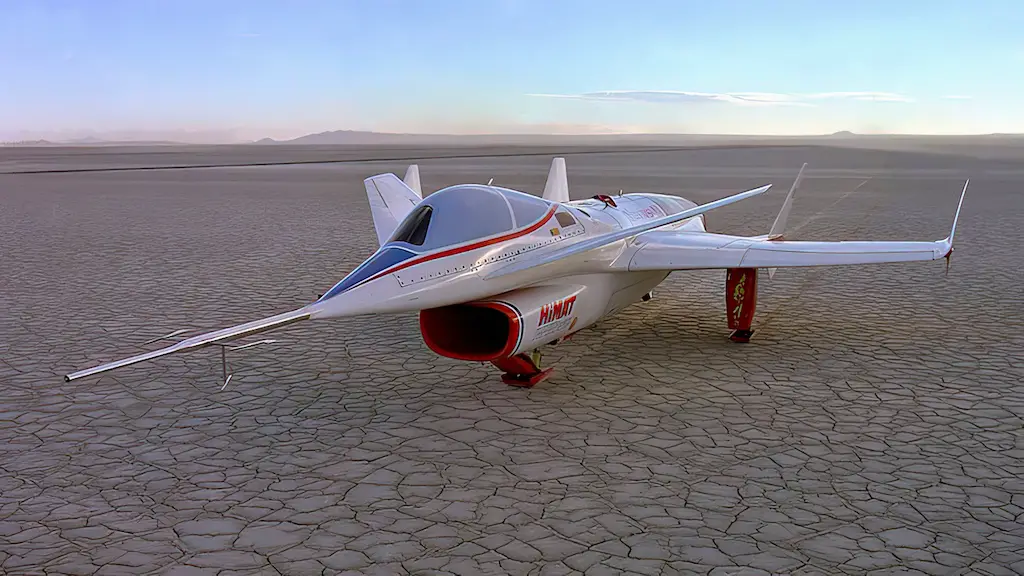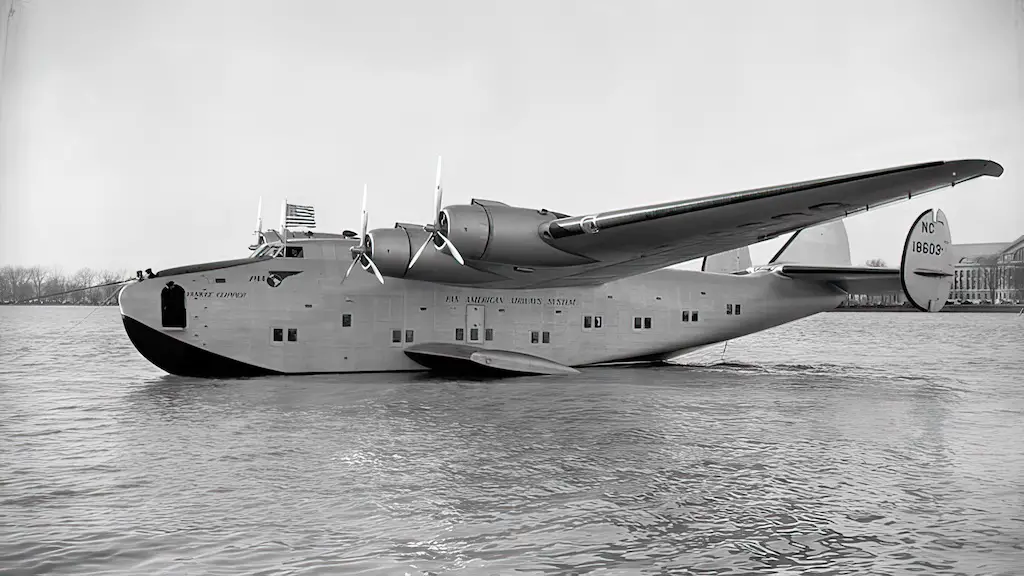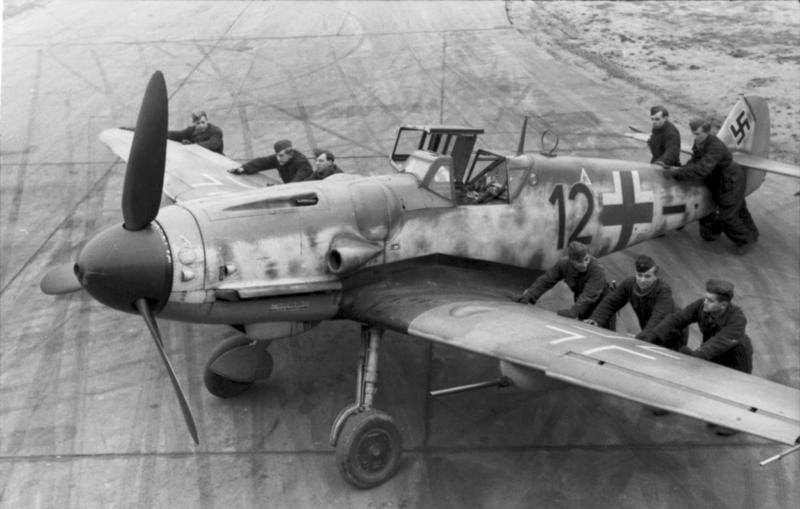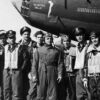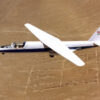A Bold Idea Takes Flight
The Messerschmitt Me 309 rose from the drawing boards in the early 1940s as the answer to the aging Bf 109. As the Bf 109 was engaging in aerial duels with the British Spitfire during the Battle of Britain, Messerschmitt’s designers knew a successor was imminent. The Spitfire was proving to be a formidable foe, almost matching the 109’s once-uncontested speed and performance. But while Messerschmitt’s team saw the urgent need for an upgrade, the Reich Air Ministry did not share the sentiment. As a result, the Me 309 project took a backseat, leading to a late finalization of the design by the end of 1941.
Features that distinguished the Me 309 included its advanced tricycle landing gear and a pressurized cockpit, hinting at high-altitude capabilities. To ensure these innovations would work, they were initially tested on modified Bf 109F airframes. However, despite its groundbreaking designs, the prototype’s completion faced multiple delays and the first flight didn’t occur until July 1942.
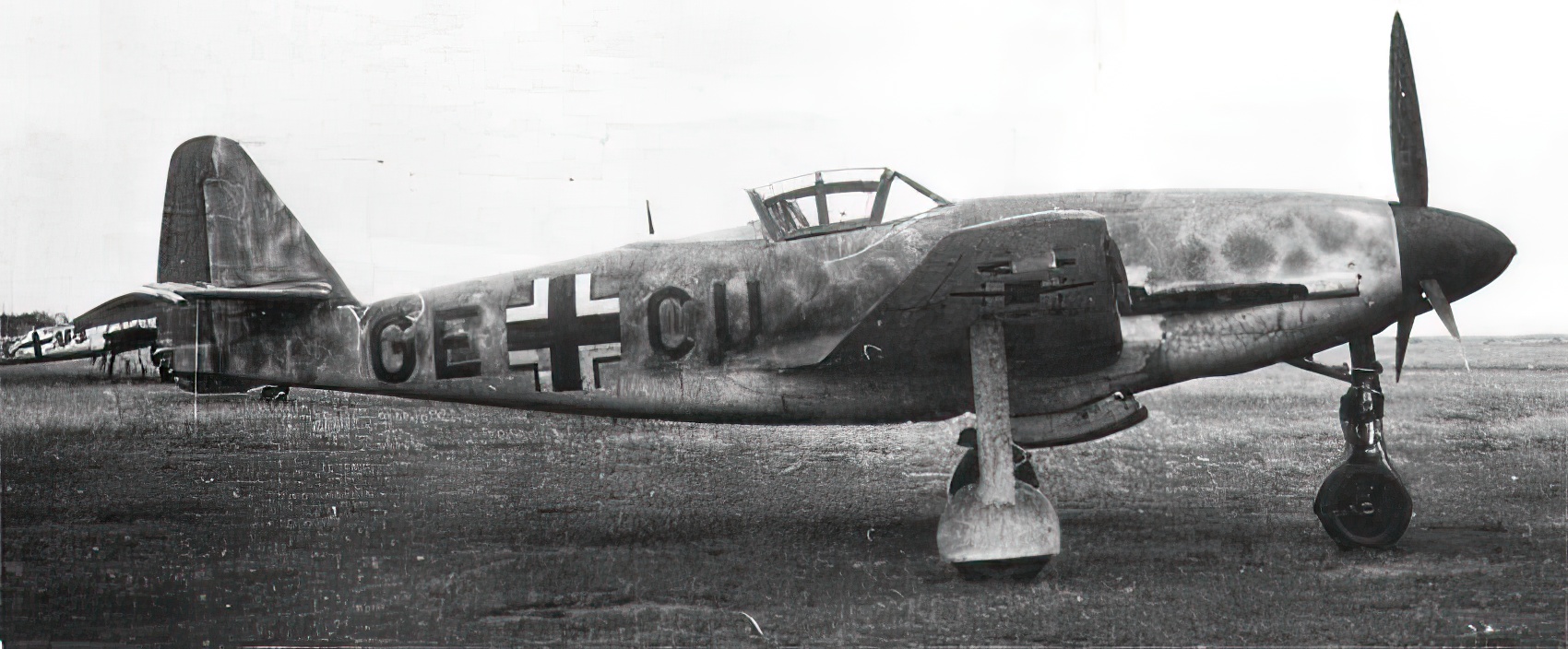
Engine Power and Potential
Underneath the Me 309’s hood lay a powerful Daimler-Benz DB 603G inverted V-12 engine, promising a hefty 1,726 horsepower. On paper, this was an engine that could push boundaries and give the Me 309 an edge in the skies. The initial tests showed a speed increase, making the Me 309 about 30 mph faster than the Bf 109G. However, once equipped with its intended weaponry, the Me 309’s speed dipped to less than ideal levels, compromising its potential as a dominant force.
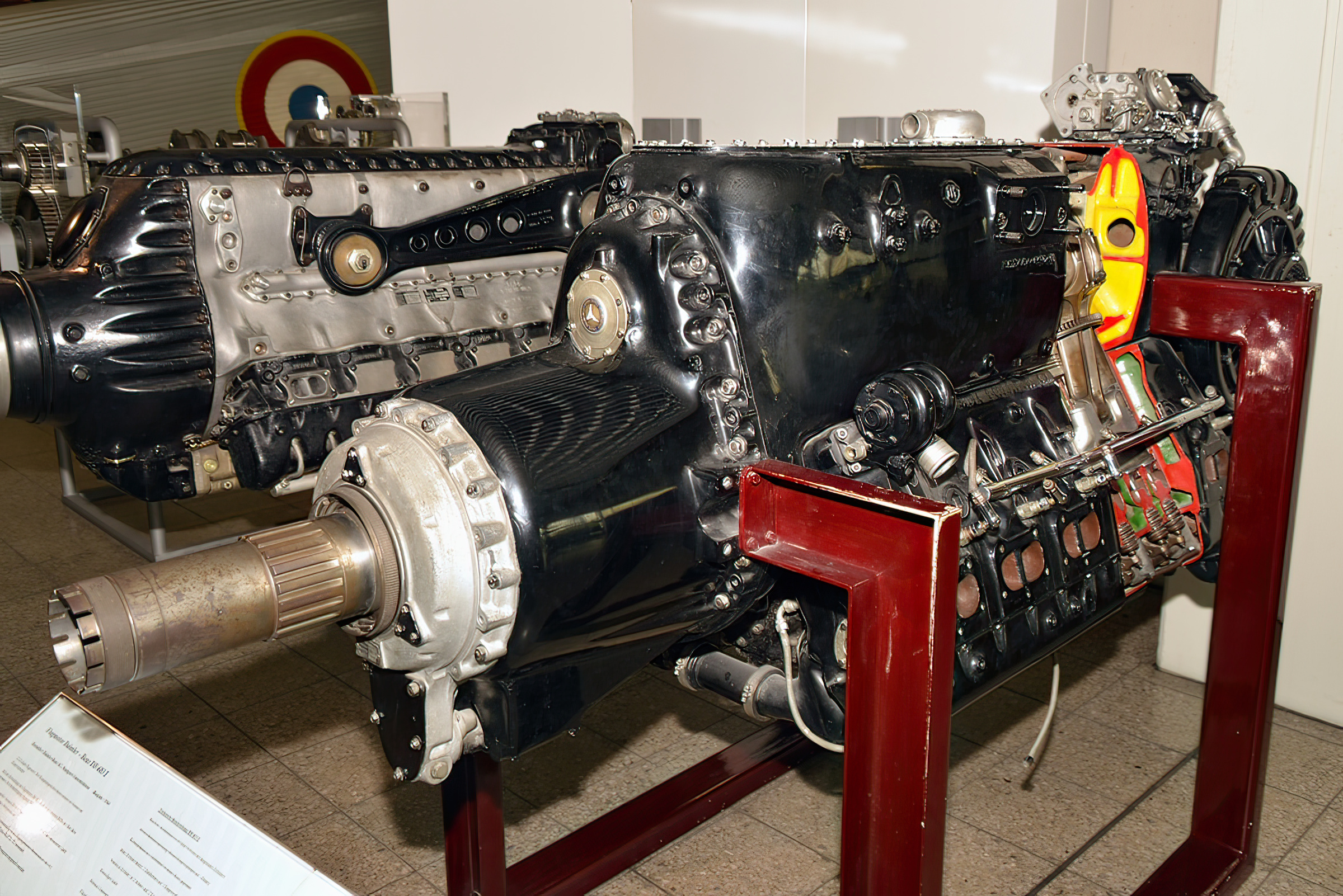
Flight Tests and Realizations
The Me 309’s flight tests presented a mix of hope and disappointment. It did show promise in terms of raw speed, but it lacked in maneuverability. Surprisingly, the older Bf 109G could out-turn the Me 309. With weaponry onboard, the performance further declined, making it clear that the aircraft might not be the next big thing for the German Luftwaffe. Compared to another German marvel, the Focke-Wulf Fw 190D, the Me 309’s prospects dimmed.
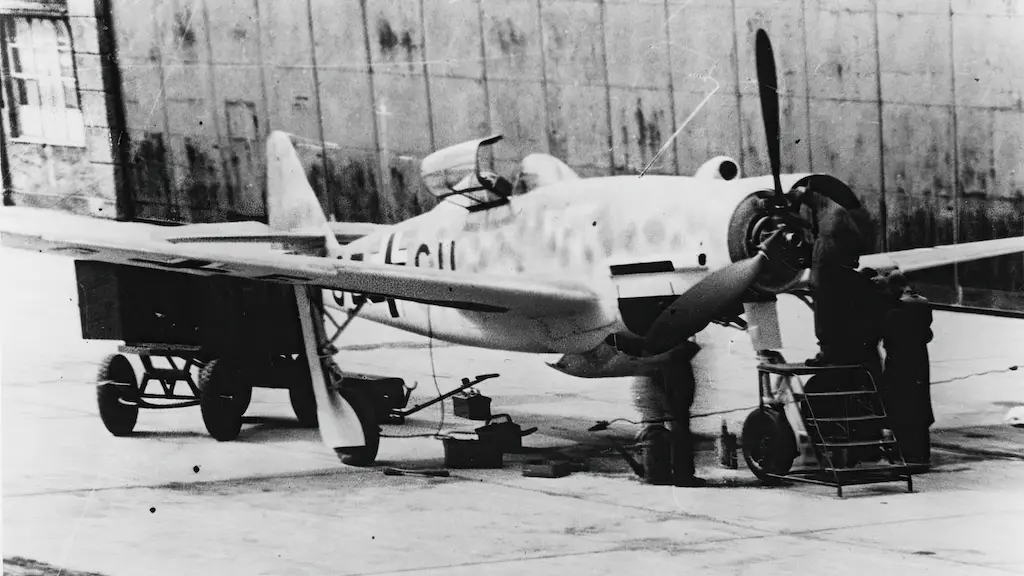
The Project’s End
The multiple shortcomings of the Me 309 led to its eventual demise. The anticipated successor to the legendary Bf 109 was proving less efficient than expected. Messerschmitt made various attempts to reinvigorate the project, like the ambitious Me 609 concept, which involved merging two Me 309 fuselages. However, these efforts did not advance beyond the design phase. By the time solutions were being proposed, the game-changing Me 262 turbojet came into the picture, marking the end of the line for the Me 309 and other piston-engined fighter designs.
The Messerschmitt Me 309 remains an intriguing chapter in aviation history. It was born out of a need, filled with promise, but ultimately couldn’t live up to the legacy of its predecessor. While it never saw active combat, its story offers a glimpse into the challenges and rapid evolutions of wartime aircraft design.

